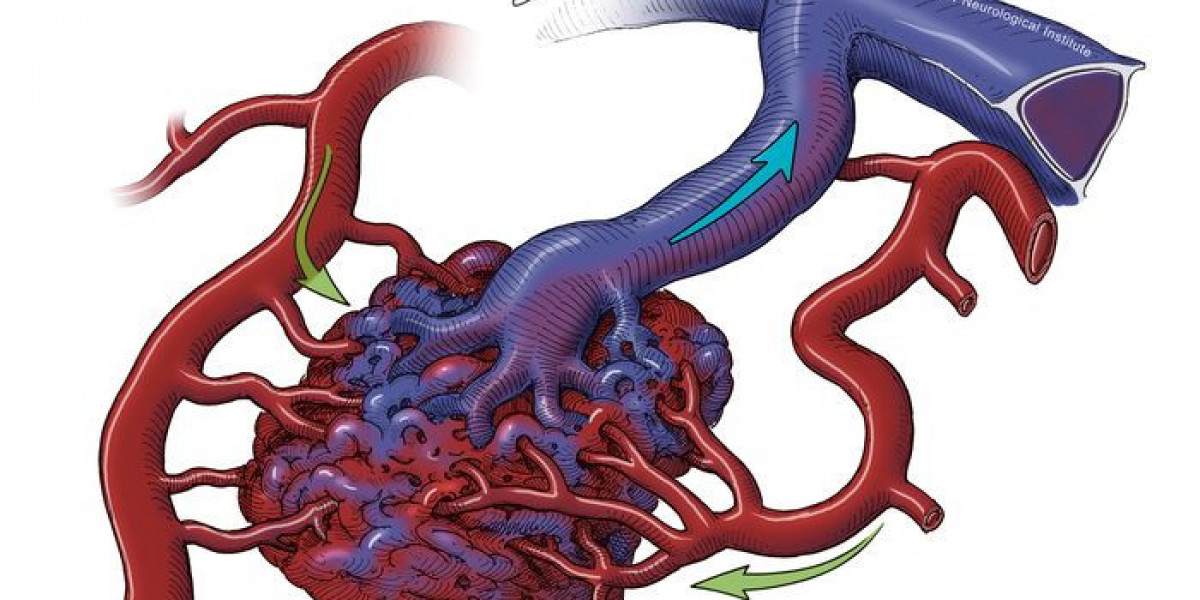Vascular malformation and uterine fibroids are two distinct yet impactful conditions that can significantly affect an individual's quality of life. While they differ in their nature, both can cause a range of symptoms, discomfort, and complications if left untreated. At SG Vascular Center, we specialize in the diagnosis and treatment of vascular conditions, including varicose veins, a key element in understanding vascular malformations. In this article, we will explore what vascular malformation and uterine fibroids are, their symptoms, causes, and available treatment options.
What is Vascular Malformation?
Vascular malformation refers to an abnormal development of blood vessels. This condition can occur anywhere in the body, often affecting the veins, arteries, or lymphatic system. Vascular malformations are typically congenital, meaning they are present at birth, though they may not always become symptomatic until later in life.
Types of Vascular Malformation
There are several types of vascular malformations, including:
Capillary Malformations: These are often superficial and involve small blood vessels. They are commonly known as "port-wine stains" and are generally harmless but can be cosmetically concerning.
Venous Malformations: These involve veins and can lead to enlarged, twisted veins that can cause pain, swelling, and even clotting. This type is similar to varicose veins but occurs in deeper tissues.
Arteriovenous Malformations (AVMs): These are abnormal connections between arteries and veins, bypassing the capillary system. AVMs can lead to significant complications due to increased pressure and disrupted blood flow.
Lymphatic Malformations: These involve the lymphatic vessels and can cause swelling and fluid accumulation.
Symptoms of Vascular Malformation
The symptoms of vascular malformations can vary greatly depending on the location and type of the malformation. Some common signs include:
Swelling or bulging veins
Pain or discomfort in the affected area
Skin discoloration or lesions (especially in capillary malformations)
Heavy bleeding in severe cases, particularly with AVMs
Difficulty moving or restricted mobility in areas affected by lymphatic malformations
While vascular malformations are often congenital, they may not always present symptoms immediately. Many people may live with these conditions for years without realizing the full extent of the problem.
Treatment Options for Vascular Malformation
At SG Vascular Center, we focus on providing specialized care for vascular malformations. Treatment typically depends on the type, size, and location of the malformation. Some common treatments include:
Endovenous Laser Therapy (EVLT): This minimally invasive procedure uses laser energy to close off problematic veins.
Sclerotherapy: In this treatment, a solution is injected into the affected veins, causing them to collapse and eventually fade away.
Surgical Removal: In more severe cases, surgery may be required to remove or reduce the size of the malformation.
What are Uterine Fibroids?
Uterine fibroids are non-cancerous growths that develop in the uterus, often during a woman’s reproductive years. These growths are typically made up of muscle and fibrous tissue and can vary in size, from tiny seeds to large masses. While uterine fibroids are common, affecting up to 70-80% of women by the age of 50, they can go unnoticed if they are small or asymptomatic.
Symptoms of Uterine Fibroids
Many women with uterine fibroids experience no symptoms at all. However, when symptoms do occur, they can range from mild to severe and may include:
Heavy menstrual bleeding or prolonged periods
Pelvic pain or pressure
Frequent urination
Difficulty emptying the bladder
Constipation
Lower back pain
Pain during intercourse
The severity of these symptoms can depend on the size, number, and location of the fibroids. Women with larger or more numerous fibroids may experience more intense discomfort or complications.
Causes of Uterine Fibroids
The exact cause of uterine fibroids is not known, but several factors may contribute to their development. These include:
Hormonal Factors: Estrogen and progesterone, two hormones that regulate the menstrual cycle, can promote the growth of fibroids.
Genetic Factors: A family history of fibroids may increase the likelihood of developing them.
Age and Ethnicity: Fibroids are most common in women between the ages of 30 and 40, and are more prevalent in African-American women.
Lifestyle Factors: Obesity and a lack of physical activity may increase the risk of developing fibroids.
Treatment Options for Uterine Fibroids
Treatment for uterine fibroids depends on the severity of the symptoms, the size of the fibroids, and whether the woman wishes to retain her fertility. Some treatment options include:
Medications: Hormonal treatments or medications to control bleeding and reduce the size of fibroids.
Uterine Artery Embolization (UAE): A minimally invasive procedure that blocks blood flow to the fibroids, causing them to shrink.
Myomectomy: A surgical procedure to remove the fibroids while preserving the uterus.
Hysterectomy: In severe cases or for women who no longer wish to have children, a hysterectomy may be recommended to remove the uterus.
Connecting the Two Conditions: Vascular Malformation and Uterine Fibroids
While vascular malformations and uterine fibroids are separate medical issues, they can sometimes be linked in rare cases. For example, venous malformations in the pelvis can occur alongside fibroids, potentially exacerbating symptoms such as pelvic pain and pressure. Understanding both conditions can be crucial for individuals who may be affected by both, as treatment plans must be tailored accordingly.
Conclusion: A Path Forward in Treatment and Awareness
Both vascular malformations and uterine fibroids are conditions that can cause significant discomfort, but with the right treatment, patients can manage symptoms and lead healthy lives. At SG Vascular Center, we are committed to helping individuals find the best solutions for their vascular health, whether it’s through advanced treatments for varicose veins or comprehensive care for more complex vascular issues. Likewise, understanding the various treatment options available for uterine fibroids empowers women to make informed decisions about their health.
For those struggling with these conditions, seeking early diagnosis and treatment is key. By staying informed and working closely with healthcare professionals, individuals can take control of their health and make the best choices for their well-being. As research advances and treatments continue to evolve, the future looks promising for those managing vascular malformations and uterine fibroids, offering hope for improved outcomes and a better quality of life.









